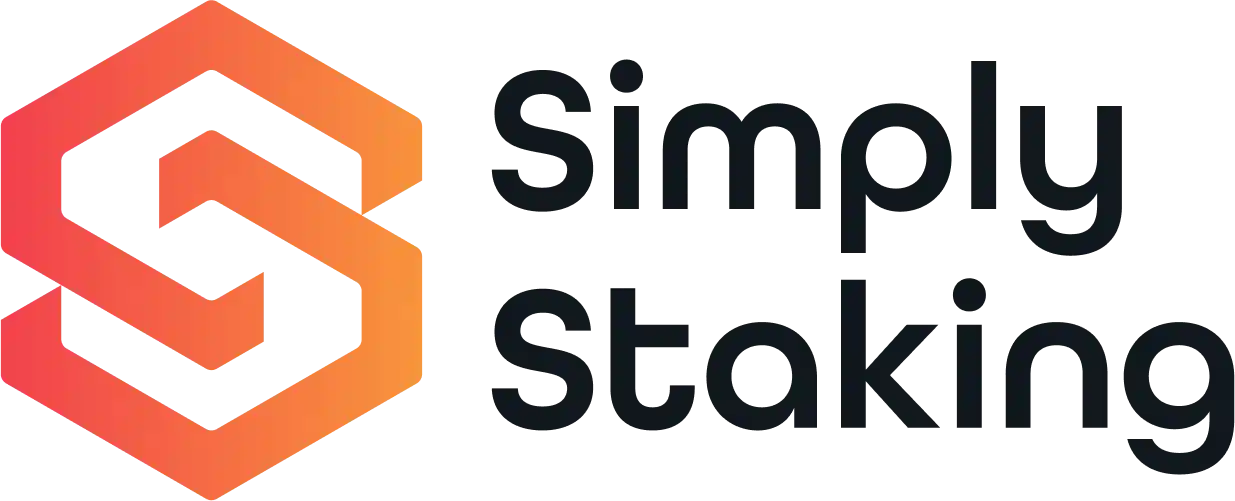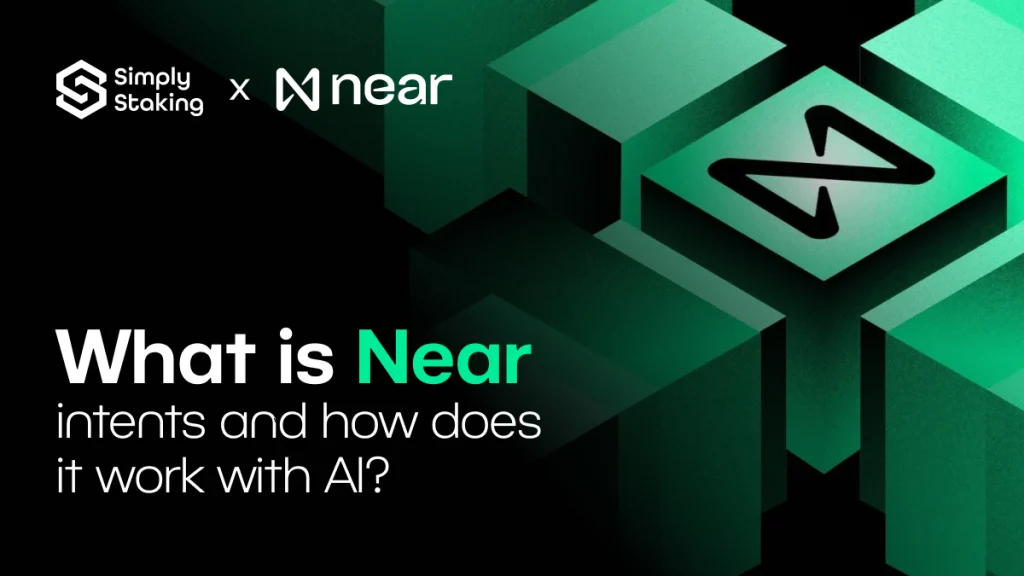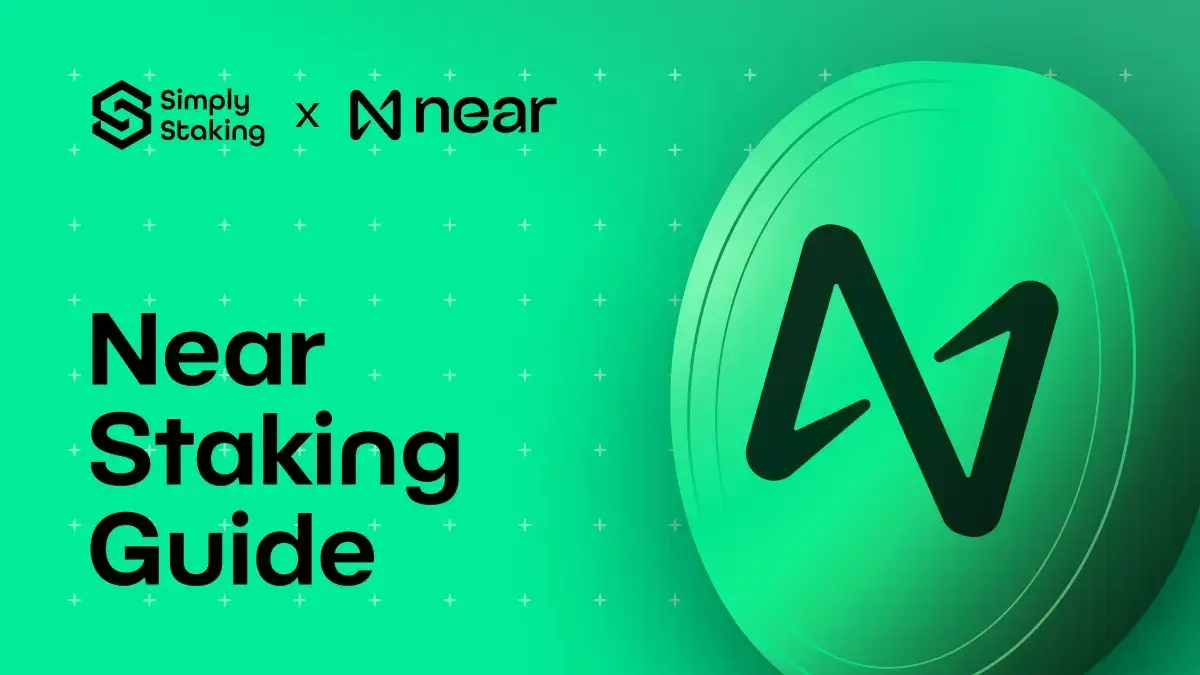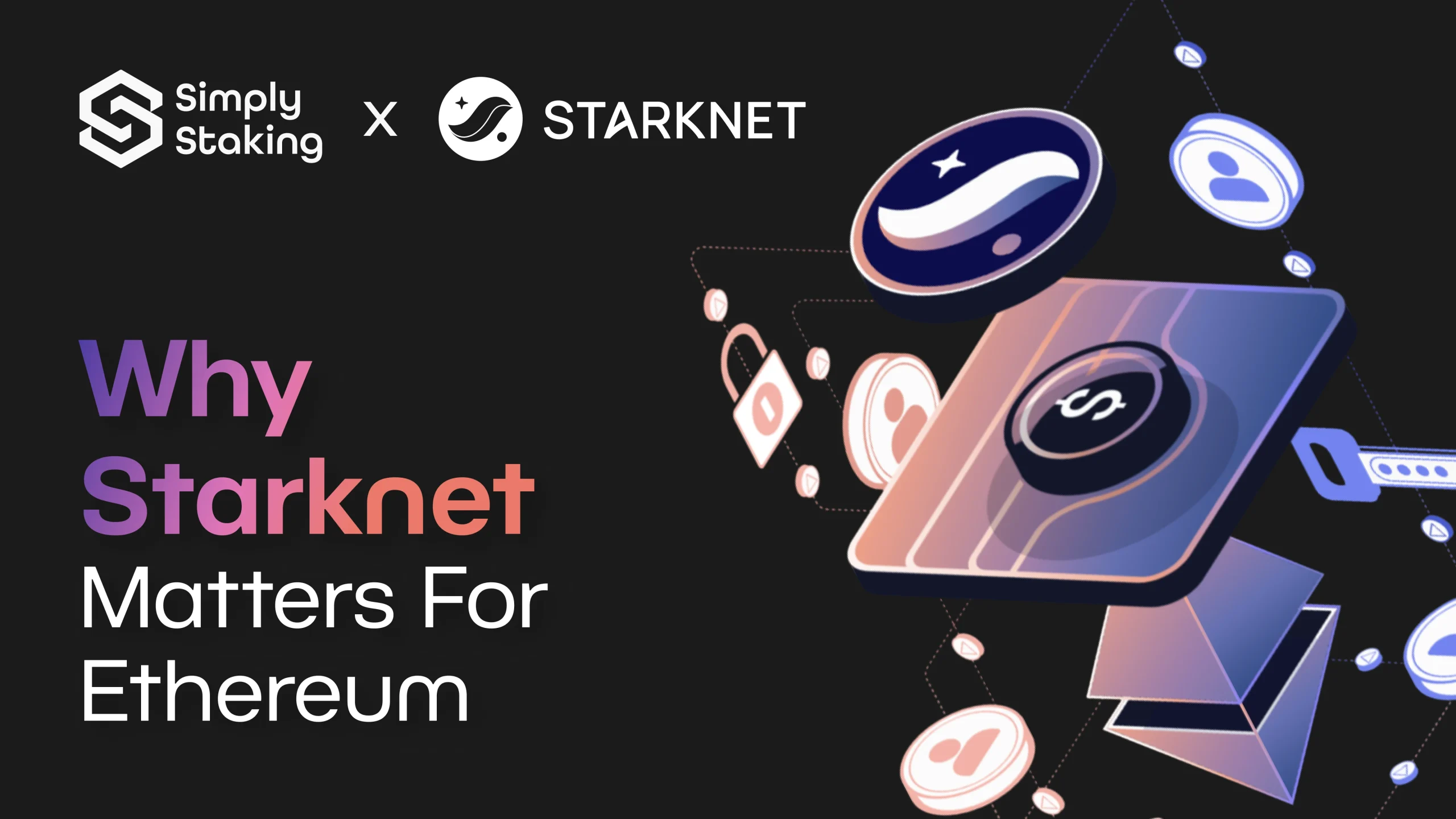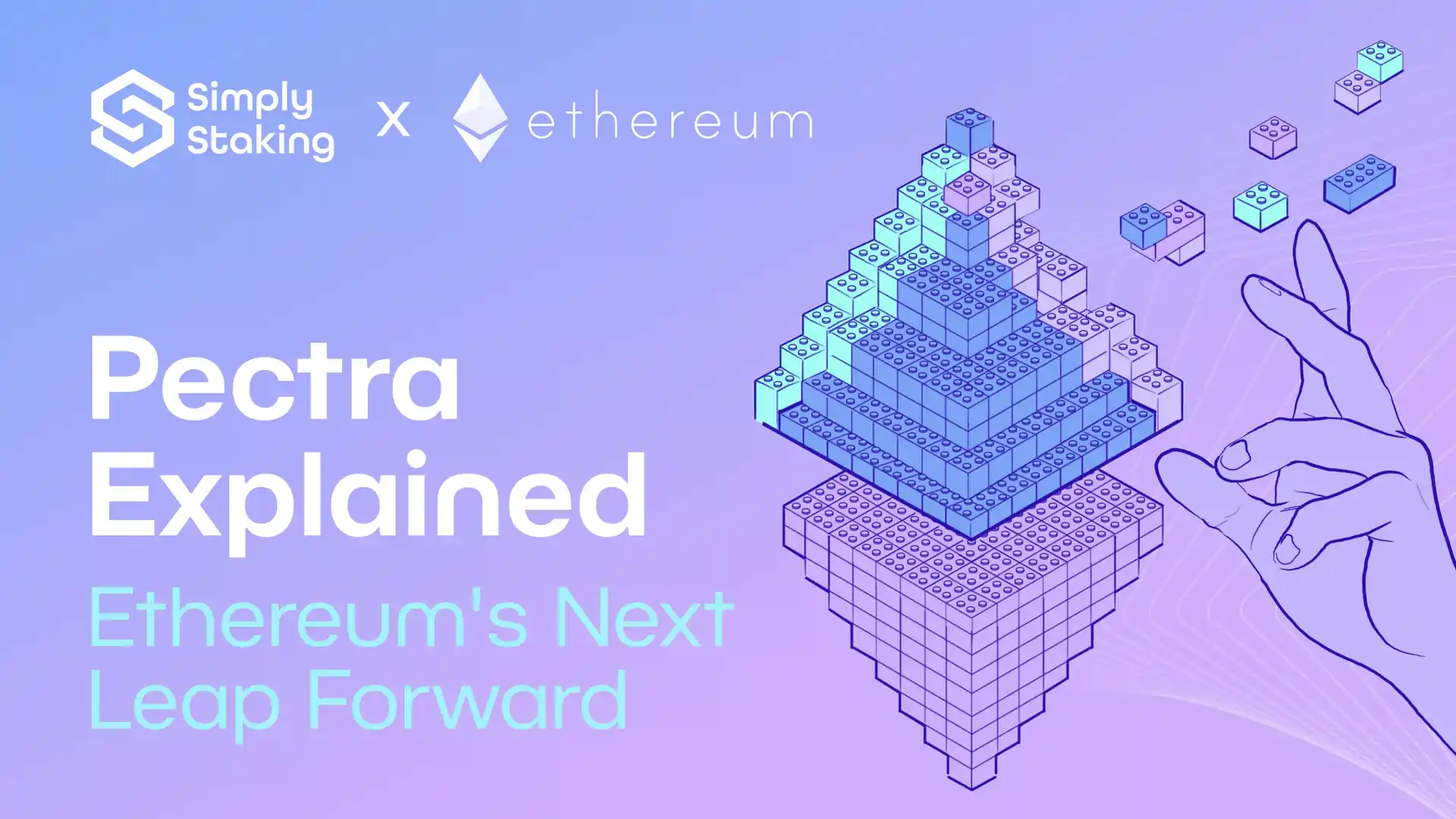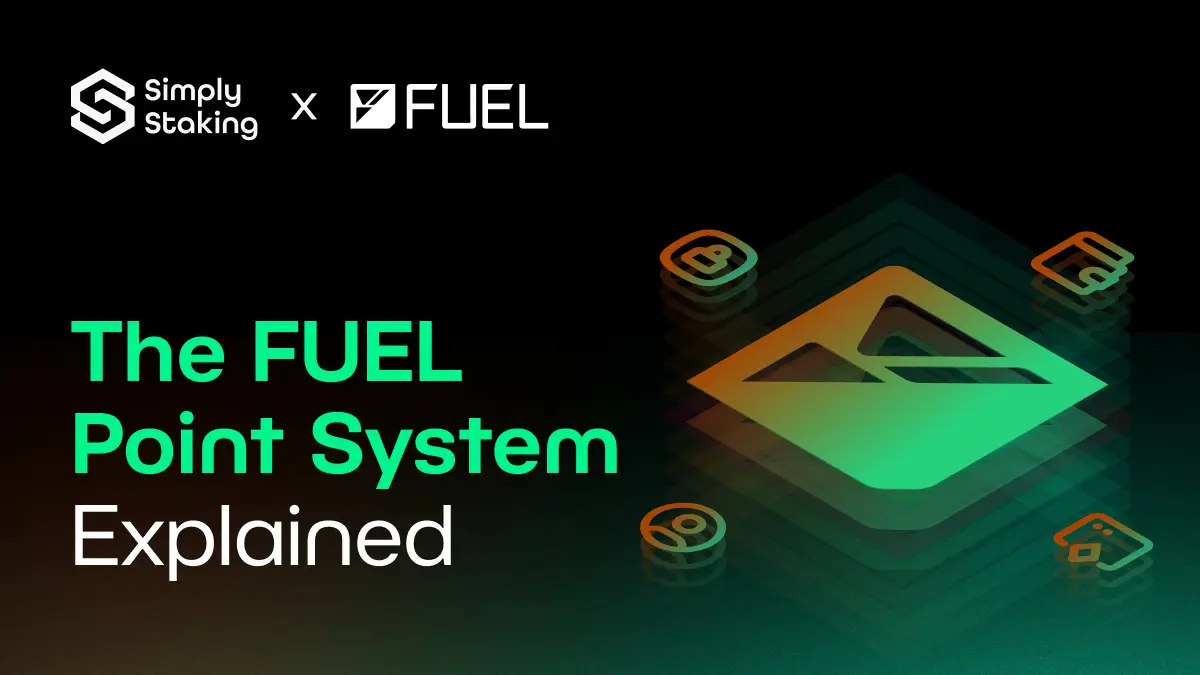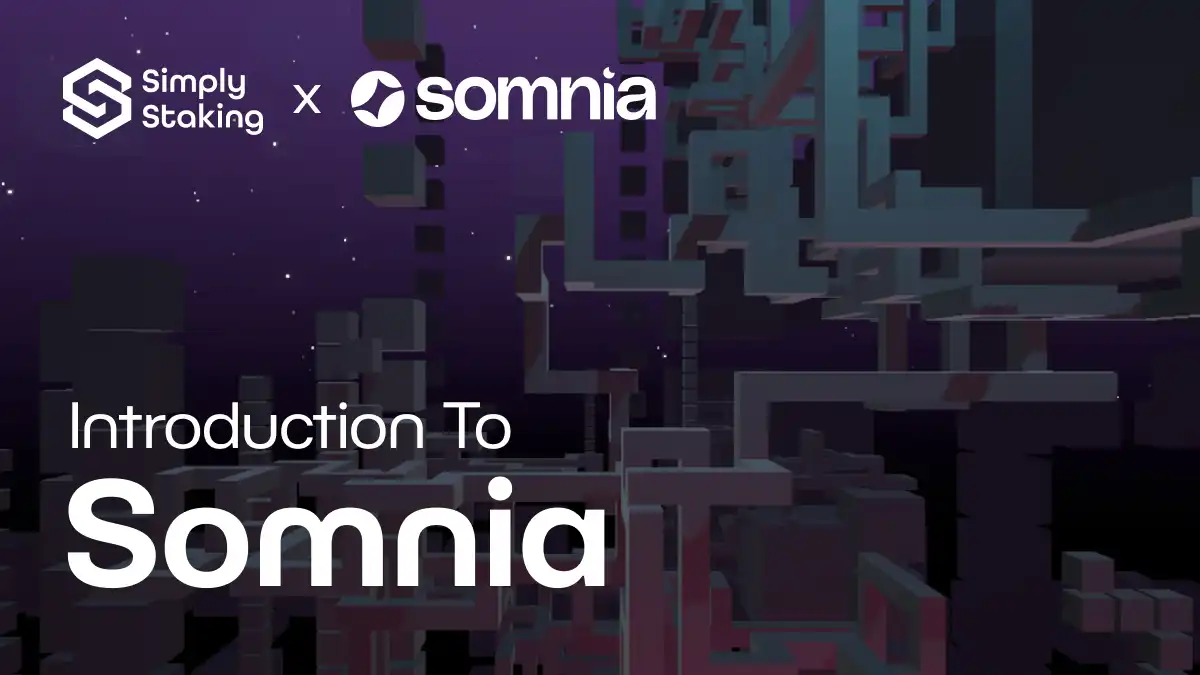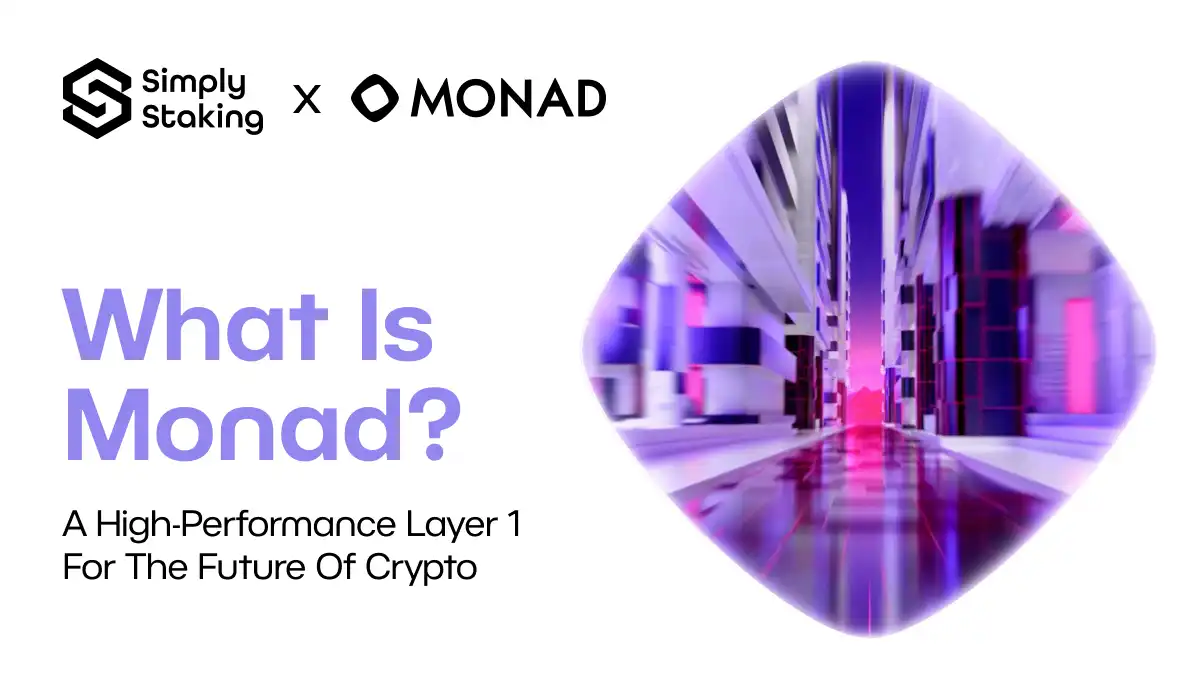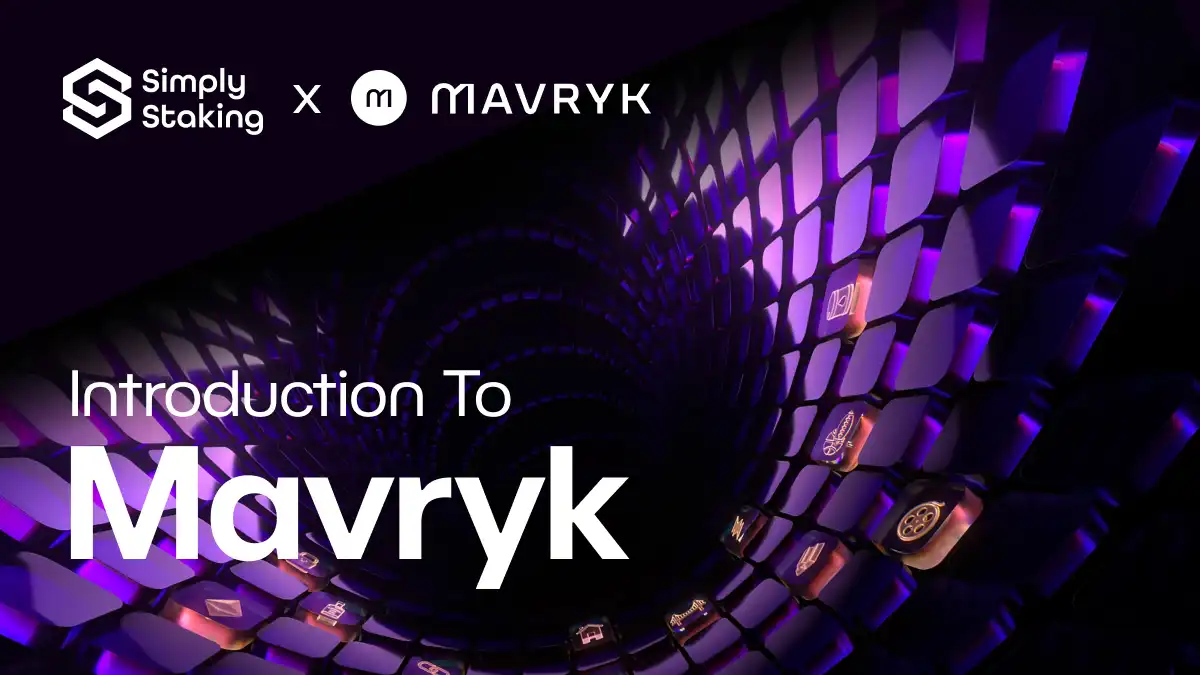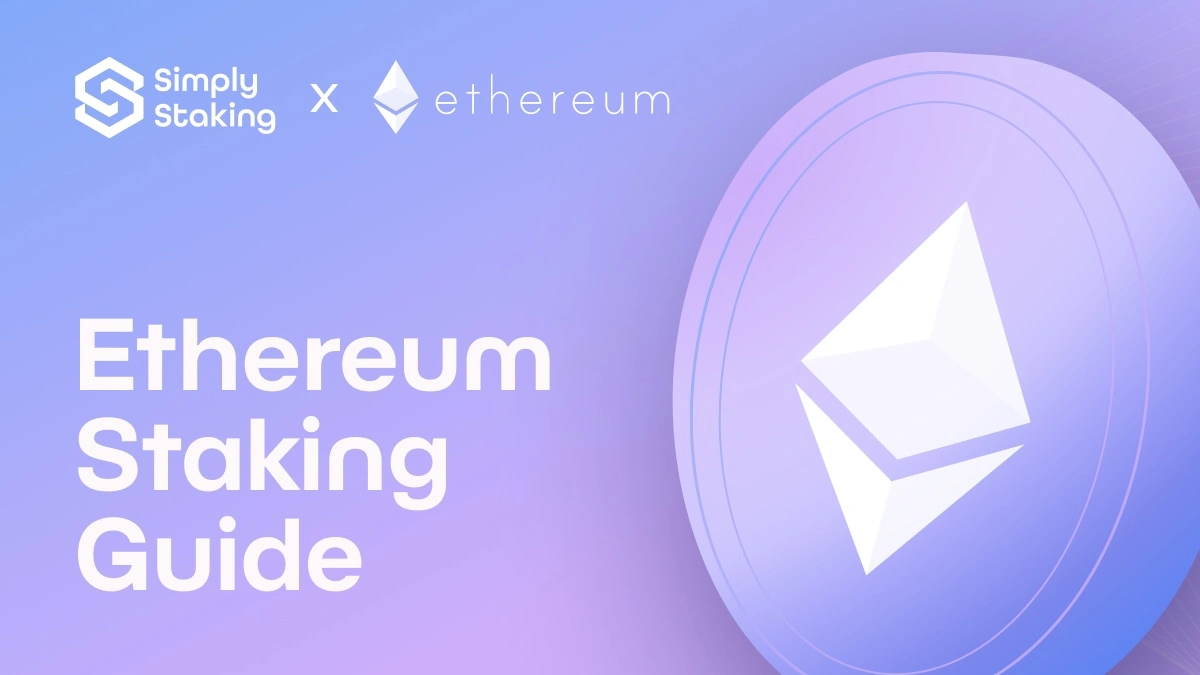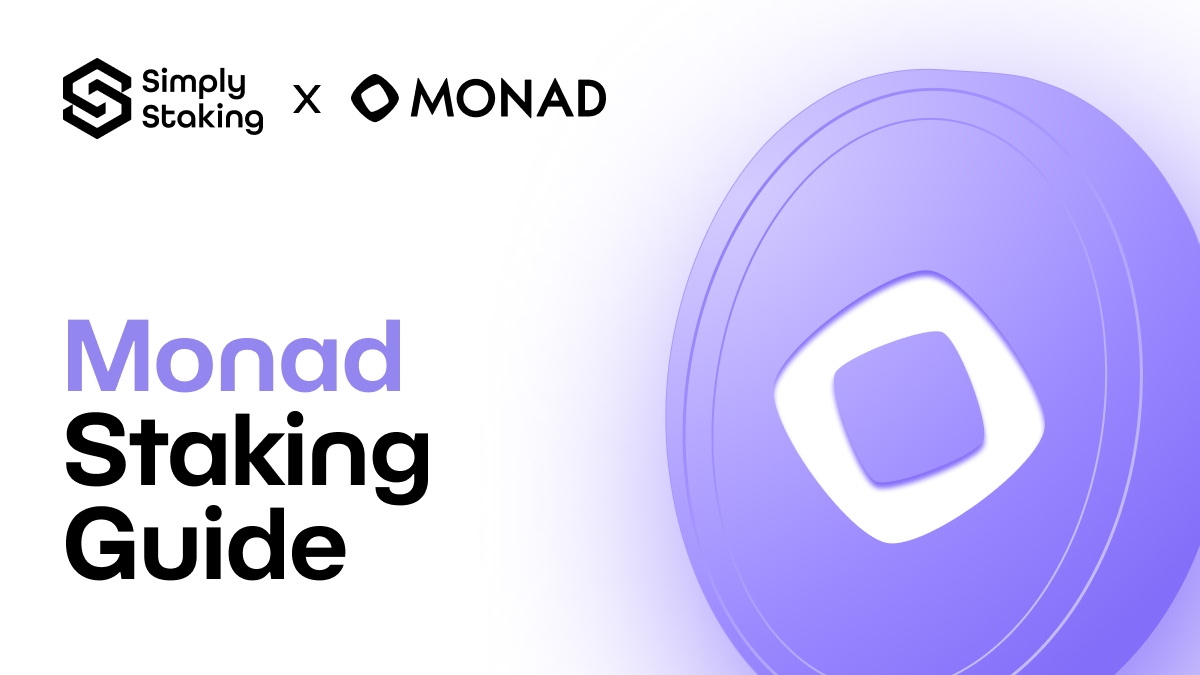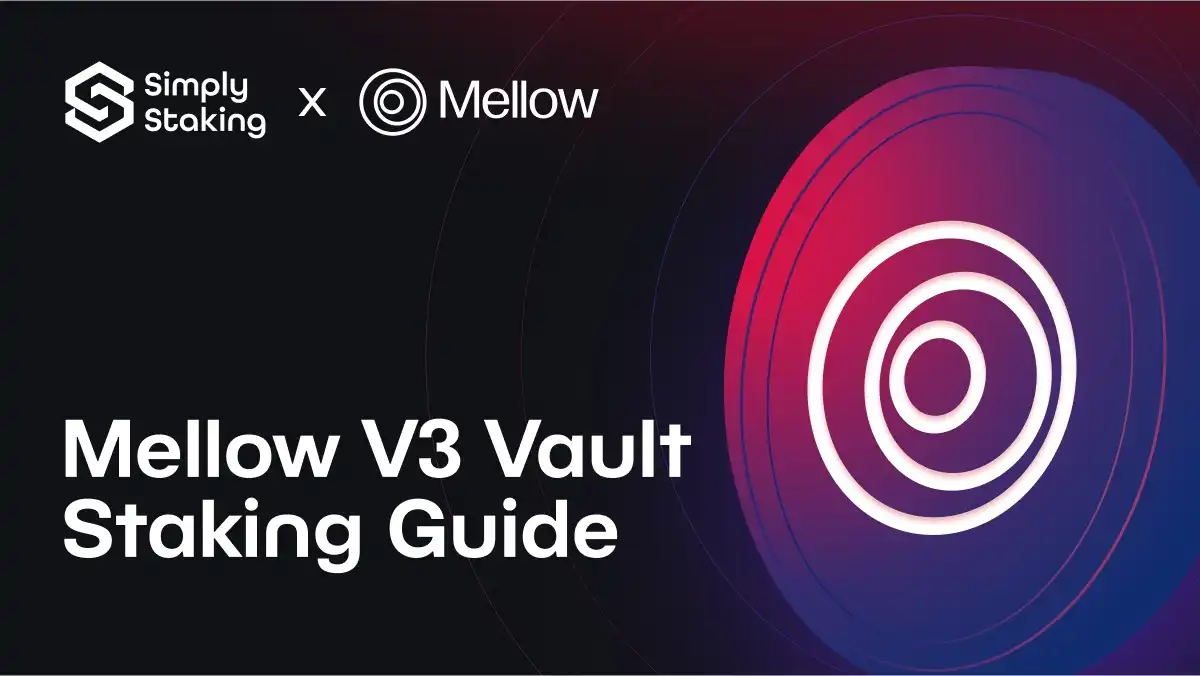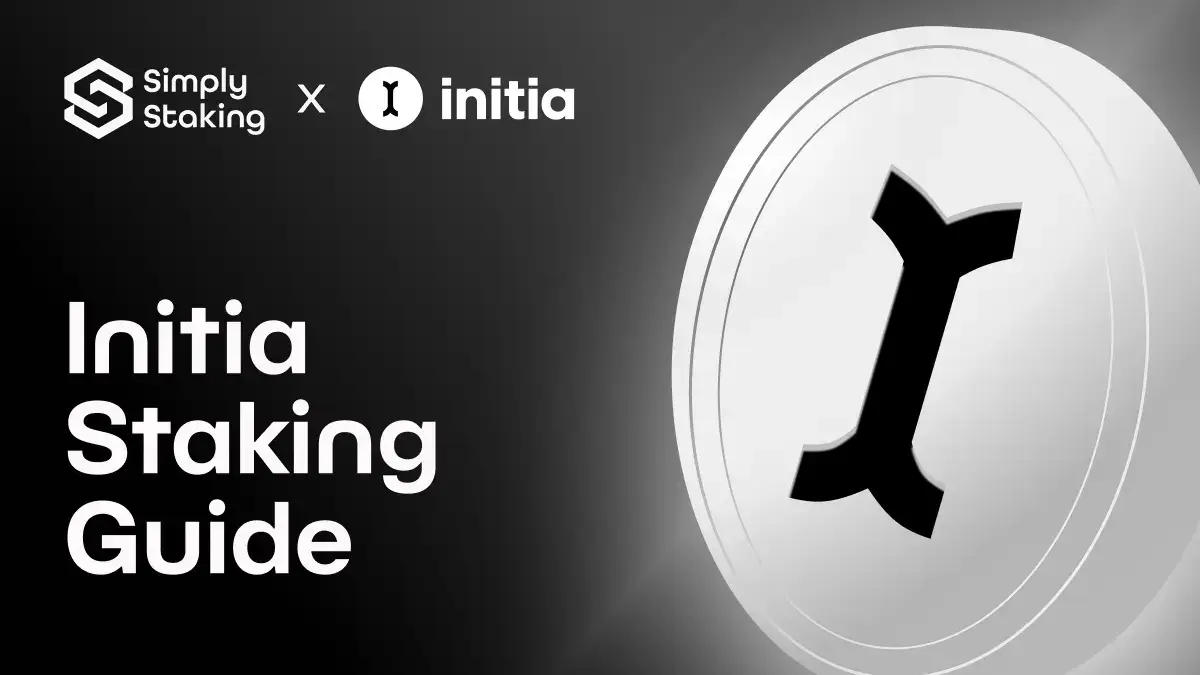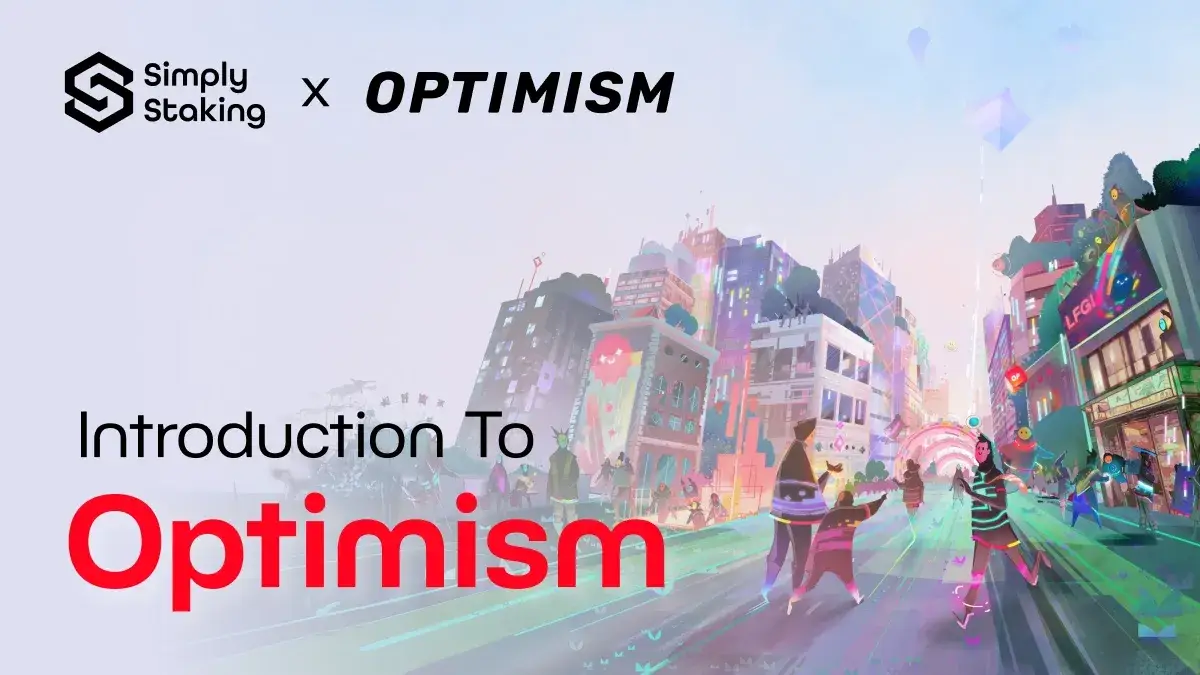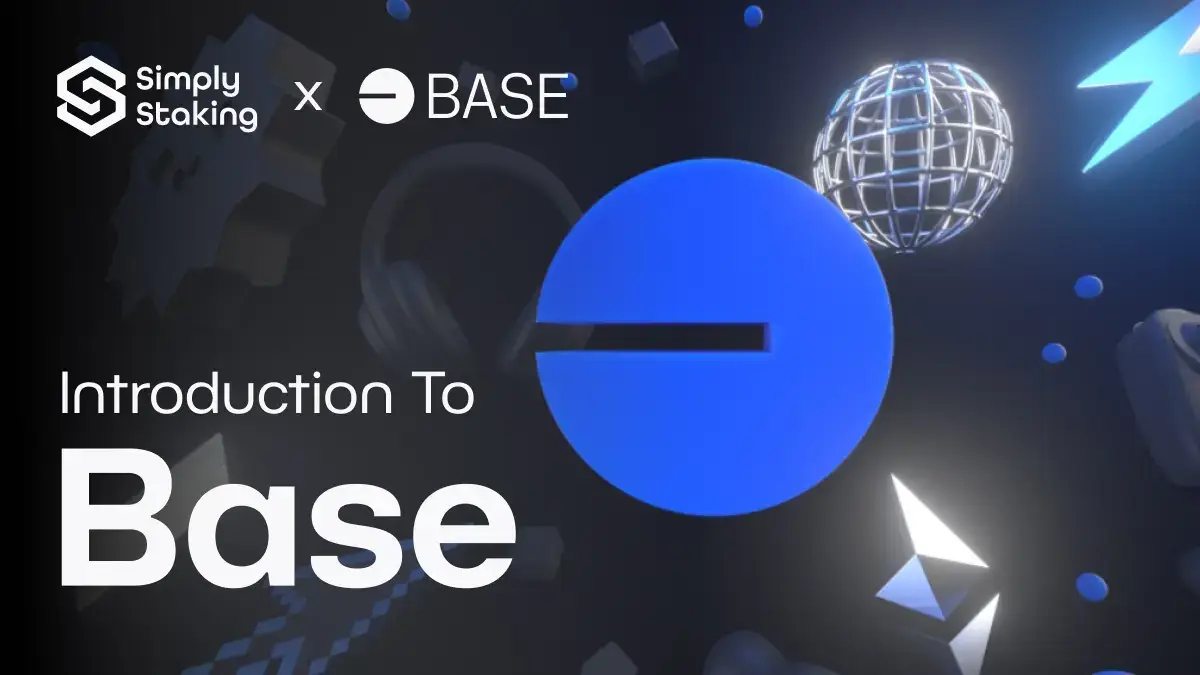Imagine opening your favourite crypto app and saying, “Swap my USDC on Polygon into NEAR,” and within seconds, it is done. No switching wallets, no bridges, no gas tokens scattered across networks. The AI figures out all the steps, and the blockchain quietly takes care of the rest.
Also Read these Articles from our NEAR Series:
- What is Near Protocol? Introduction to Near Protocol
- Near Staking Guide: How to Stake Near
- NEAR staking calculator
- Near Staking
That would be quite something, right? Well, that effortless user experience is not just a fantasy anymore, it is the idea behind NEAR Intents, one of the most forward thinking developments coming out of the NEAR Protocol ecosystem. Considering the obvious potential of this technology, we think this project deserves its own deep dive, but first, let us invest a minute to make sure we cover the basics of the NEAR blockchain.
A quick refresher on NEAR Protocol
Before diving into Intents, it helps to understand the foundation they are built on. NEAR Protocol is a Layer 1 blockchain that launched in 2020 and has become known for its speed, low fees, and developer friendly infrastructure. It uses a scaling technology called sharding that lets the network grow as more users join, while at the same time keeping each transaction cheap and fast, typically finalising in 1 or 2 seconds.
Instead of long wallet addresses, NEAR uses human readable accounts such as alice.near, making it easier for people to use and remember. This simplicity is made possible by a powerful feature called account abstraction, which allows flexible permissions, recovery options, and smart contract capabilities without adding complexity for end users.
Today, NEAR describes itself as the blockchain for the open AI economy. The idea is simple but powerful: AI agents handle the planning and communication, while NEAR provides identity, trust, and secure on chain settlement.
If you are new to Near, we highly recommend reading our dedicated article that dives deeper into NEAR, its tokenomics, and how it works: NEAR Introduction.
The big idea behind NEAR Intents
Crypto has always made users do the heavy lifting. You want to swap tokens? You find the bridge, check the fees, approve the contract, confirm the transaction, and hope it all goes through. Sometimes it feels like a never ending task just to do something simple. Well, NEAR Intents flips that experience entirely. Instead of giving step by step instructions, you simply describe the outcome you want.
Consider this example. Let us say you want to exchange 100 USDC from Polygon for NEAR tokens. Normally, you would need to pick which bridge to use, connect two wallets, approve transfers, and then wait. With Intents, all these steps are reduced to simply stating your goal: “Swap 100 USDC to NEAR at the best rate,” and then NEAR handles the execution.
It does so by finding the most efficient path, executes everything securely across chains, and delivers the result. In short, you tell the blockchain what you want, not how to do it. It is outcome based crypto, and it is a major leap toward making Web3 feel as intuitive as Web2.
How NEAR Intents actually works across chains
Behind the friendly interface sits a surprisingly elegant system built around three key stages: Express, Solve, and Settle.
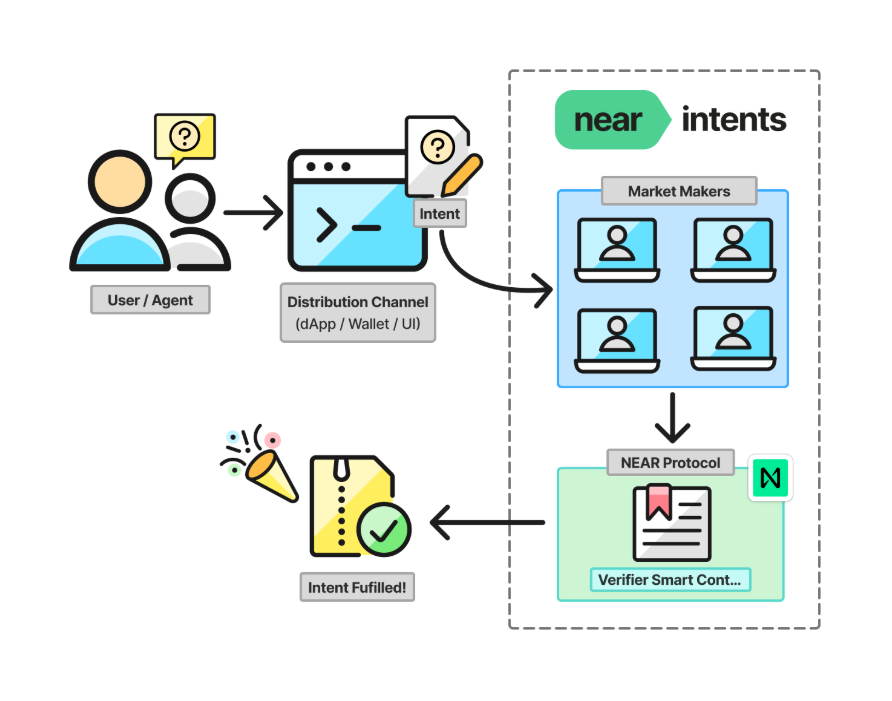
First, you or your AI agent express an intent, which is a signed message describing what you want to achieve. Then, a decentralised network of solvers steps in. These participants compete to fulfil your request in the most efficient way possible, similar to how ride hailing apps match you with nearby drivers. They find the best route, price, or method to complete your intent. Once they present their offers, you simply pick the one you like best.
Finally, NEAR’s verifier contract steps in to settle the deal. It uses a system called Chain Signatures, which allows NEAR validators to co-sign transactions on other blockchains in a secure, decentralised way. That is precisely how NEAR Intents can interact across chains while staying safe and trust minimised. Most transactions complete in just two or three seconds, thanks to NEAR’s fast finality.
You never leave NEAR, never touch a bridge, and never lose control. You approve the quote you like, and NEAR ensures it happens exactly as agreed.
Where AI fits into the NEAR Protocol ecosystem
This is where things get exciting. AI agents are brilliant at making decisions. They are great at comparing prices, managing portfolios, or planning purchases, but they have always lacked a reliable way to act on those decisions across blockchains. NEAR Intents gives them that missing link.
An AI agent can now create, negotiate, and approve intents on your behalf, while NEAR guarantees that execution follows the rules you have set. It is a natural partnership: the AI decides what to do, and NEAR ensures how it is done is both secure and verifiable.
Think about it, the use cases here are almost endless. Imagine a portfolio assistant that automatically rebalances your assets, moving funds between chains to capture better yields. Or a travel booking agent that pays for flights and hotels in crypto, settling everything on chain. Even two trading bots could agree on a deal and have NEAR handle settlement in seconds.
By combining AI’s intelligence with NEAR’s secure settlement layer, Intents bridges the gap between thought and action, or in simpler words, Intents bridges the gap between asking and achieving.
Why NEAR Intents matters for everyday users
Well, the answer here may be pretty obvious: User Experience! Most blockchain users know how much friction exists in Web3. Every action feels like a mini project, switching networks, hunting for bridges, calculating gas fees, and double checking wallet permissions. NEAR Intents removes that friction completely.
With Intents, you only need one NEAR account to reach across multiple chains. Solvers compete to offer you the best deal, so you often get better pricing. You stay in control at every step, approving only what you agree to, and if something doesn’t check out, NEAR’s verifier prevents it from going through.
The result is a Web3 experience that finally feels simple and a system that hides the complexity instead of forcing users to live with it.
Where NEAR Intents stands today
NEAR Intents is not just a concept, it is live right now within the NEAR Protocol ecosystem. The official Intents page features a demo where you can see it in action and lists early partners such as THORSwap, Infinex, SolSwap, and KyberSwap. These collaborations show how liquidity from multiple networks can be accessed through 1unified multichain system.
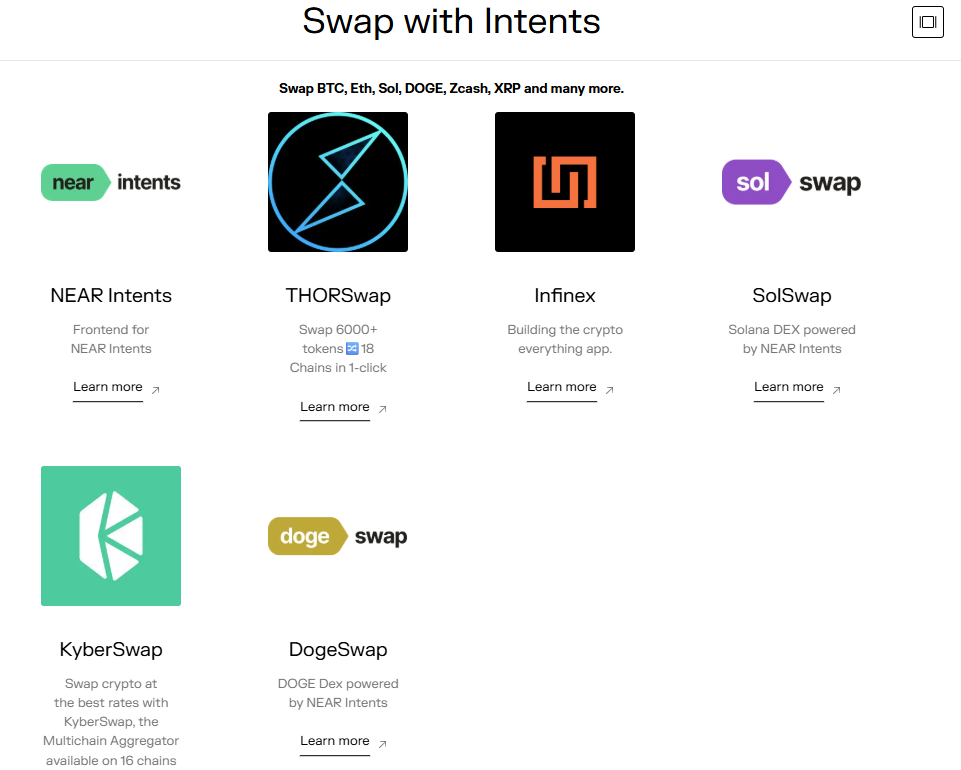
The experience is outcome driven, cross chain by default, and permissionless. Settlement finalises in about two to three seconds. It is still early days, but it is already a major step toward a world where both AI agents and users can operate across chains without ever needing to think about them.
How to get started with NEAR Intents
Like everything else in crypto, the best way to learn is by trying it yourself, and NEAR Intents are no exception. Head to near.org/intents and explore the demo built by the NEAR team. It is a clean, guided interface that lets you express simple outcomes like swapping tokens or moving value between chains. You will see how quickly a single intent can be created, solved, and settled without switching networks or managing multiple wallets.
When you land on the page, you can connect a NEAR wallet or create one in seconds. From there, you can experiment with sample actions that show how Intents compress the entire process of interacting across blockchains into a few clicks. The goal of this demo is not just to show how fast it is, but to give you a feel for what an AI native, intent based user experience might look like.
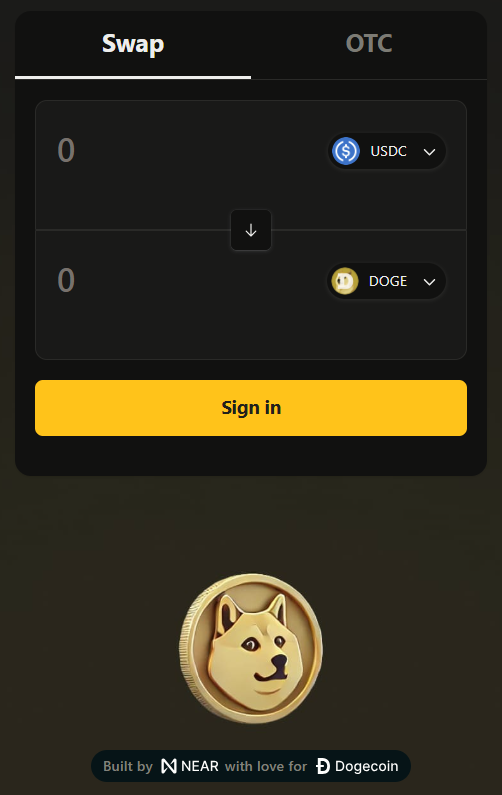
If you are a developer, the next step is in the Intents documentation. This section of the NEAR docs breaks down how to create, parse, and settle intents using NEAR’s on chain verifier contract and Chain Signatures. You will also find explanations of how solvers interact with the network, from competing for requests to submitting quotes and managing settlement.
Developers can start small: integrate intents into an existing NEAR app to automate specific actions, or build a lightweight solver that listens for intents and responds with solutions. Everything is open source and permissionless, meaning anyone can join the network. Whether you want to offer liquidity, improve pricing, or explore how agents can automate user requests, you can do so easily.
The NEAR developer portal also includes SDKs, sample contracts, and code snippets in JavaScript and Rust. Combined with NEAR’s account abstraction and fast finality, this makes prototyping intent driven dApps refreshingly straightforward.
In short, whether you are a user curious about what intent based crypto feels like or a developer ready to experiment with AI powered chain abstraction, NEAR Intents is already live, open, and waiting for you to explore.
Wrapping up
NEAR Intents is one of those innovations that quietly reshapes what is possible. It bridges the gap between what users want and what blockchains can deliver. By turning complex transactions into simple statements, and by letting AI agents handle the planning, it pushes crypto closer to mainstream usability.
It is blockchain made invisible. You express the goal, NEAR makes it real.
It finally feels like crypto is starting to feel human.
If you enjoyed this article, be sure to follow Simply Staking on X to stay updated with the latest crypto news and insights from across the decentralised ecosystem
